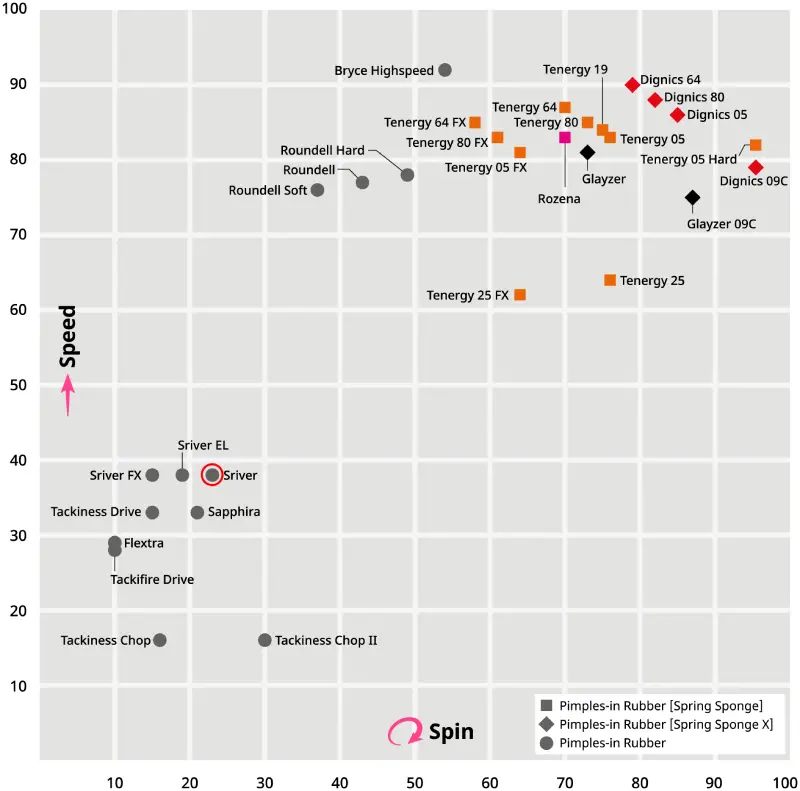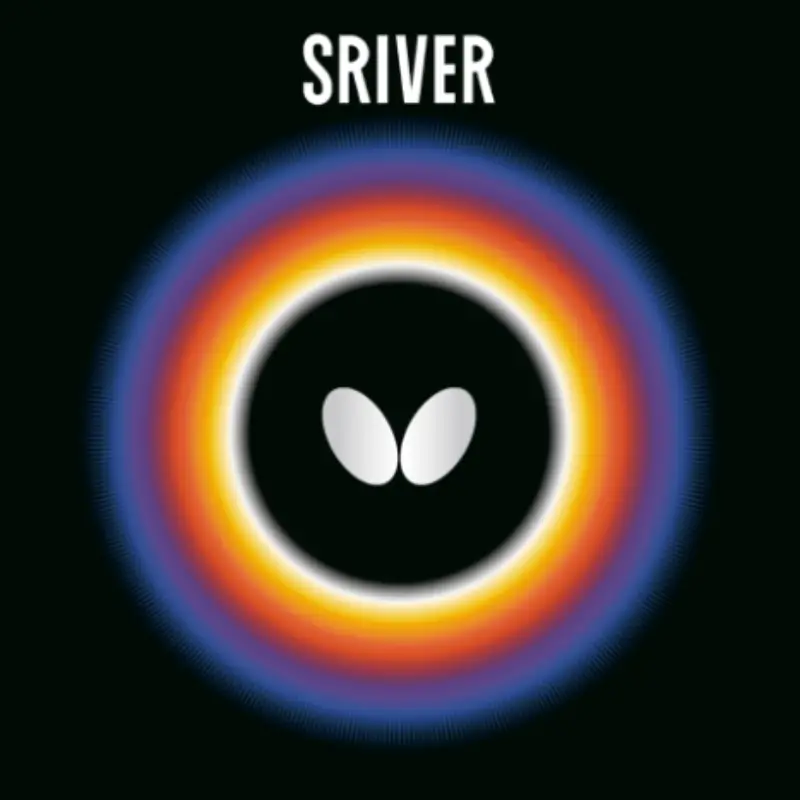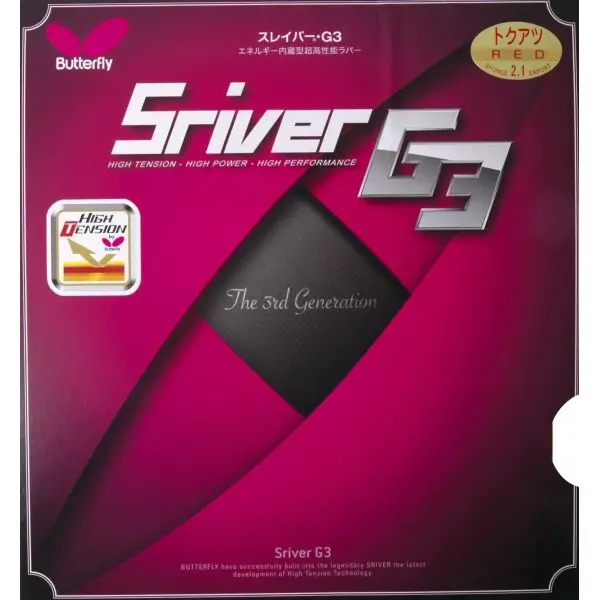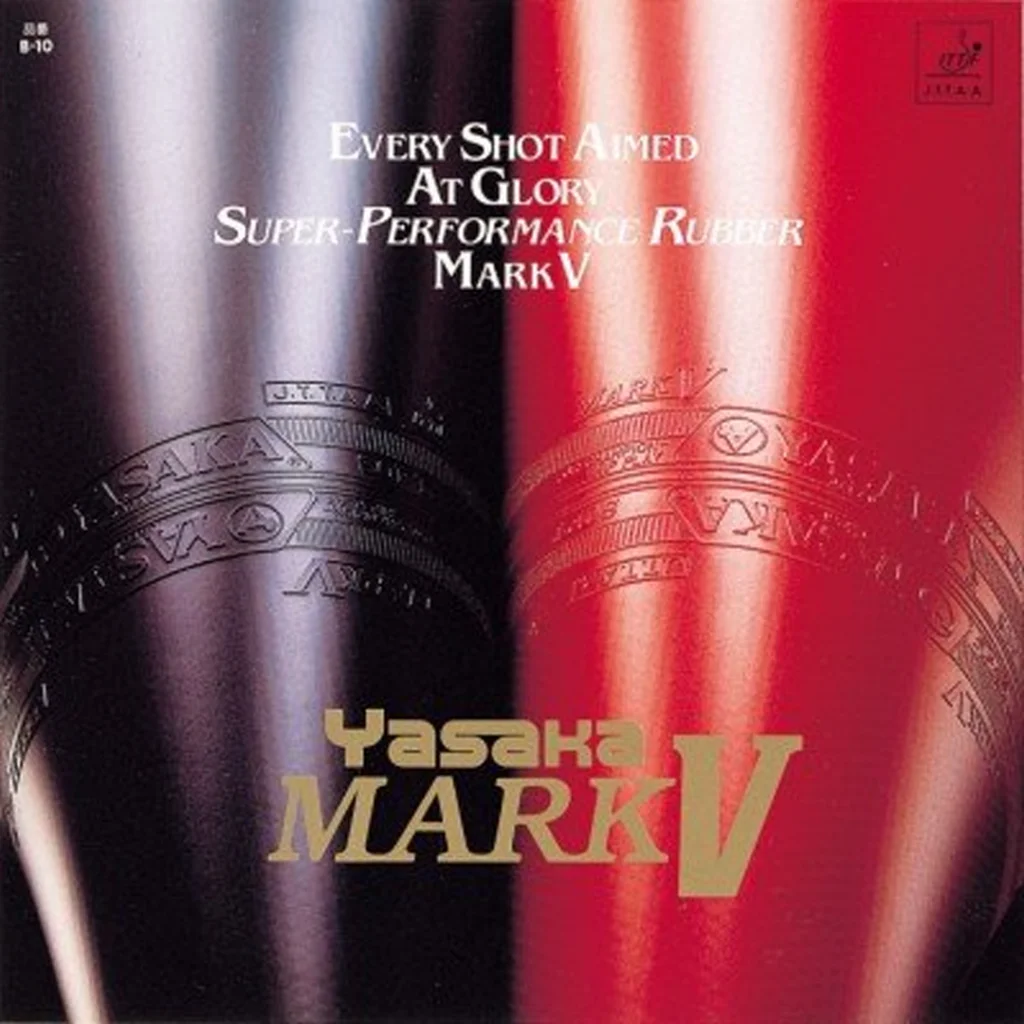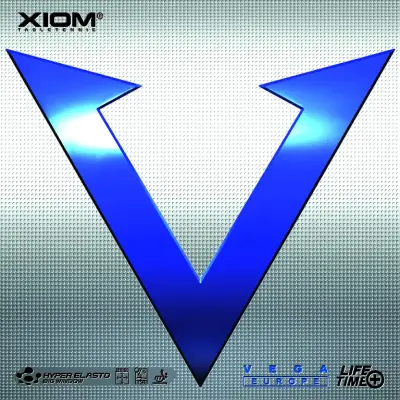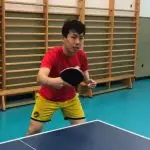Subscribe to Updates
Get the latest creative news from FooBar about art, design and business.
- Warriors survive Gordon’s 50 as Curry stars in clutch
- CM Punk Creates Special Artwork For Female WWE Star’s Birthday; Concerned Name Reacts
- WWE Star’s Girlfriend Provides Update On His Injury
- NHL Roundup: Islanders demolish Red Wings
- Man City’s Erling Haaland: ‘Flexibility’ key to ‘crazy goals’
- Canadiens rightfully frustrated by officiating in last-minute loss to Oilers
- Can India seal dream after bouncing back?
- Mammoth’s Logan Cooley has natural hat trick in 1st-period spree
Browsing: modern
A protester outside held a sign insisting “San Siro belongs to the citizens†but Milanâ€s city council was about to change all that, voting to sell one of the worldâ€s most famous football stadiums to tenants who plan to tear it down. Milan have played home games at what is officially the Stadio Giuseppe Meazza since 1926. Inter moved in with them 21 years later. They propose to build a shared home on the same grounds.
It has been a long time coming. The clubs announced joint plans for a new stadium as long ago as June 2019, with an intention to complete work within three years. International architecture firms were consulted and designs made public, but they never progressed out of this first phase.
To build on their existing site, they would first need to own it. San Siro has belonged since 1935 to the Comune di Milano – the administrative body that manages the central municipality of Milan. The clubs†attempt to negotiate a purchase six years ago were stalled by the Covid-19 pandemic, then by a combination of political opposition and laws governing the preservation of historic landmarks.
In 2023 Milan put forward a separate project to build their own stadium in San Donato, a south-eastern suburb. The viability of this proposal has been debated – local regulations would have required them to preserve a significant parcel of land as public green space, raising questions about whether the area left over would be large enough. But both clubs were actively exploring their options.
Was it partly a negotiating tactic, designed to pressure authorities into letting them rebuild at San Siro? No doubt. But that does not mean these were hollow threats. When Interâ€s president, Giuseppe Marotta, was asked by the Italian broadcaster Sky Sport last month whether there was a risk of his club being forced to relocate outside the main city of Milan, he replied: “Absolutely yes.â€
Marotta has been at the forefront of this battle in recent times, making the case repeatedly in interviews for why a new stadium is needed. Emotionally, it can be a tough sell.
San Siro remains one of the most breathtaking places to watch football, a concrete colossus that bears down on you with the weight of its construction as much as its history. Dizzyingly steep stands keep you feeling close to the action even at the top of the third tier. The pull of gravity up there, allied to tremors underfoot when a big goal goes in, is a uniquely intoxicating thrill.
Inter and Milan plan to build a new stadium next to San Siro. Photograph: Daniele Mascolo/Reuters
There is beauty, too, in the brutalism of its exterior design, from the latticework of red steel that sits as its crown to the hypnotic effect of those spiral walkways that appear to turn as they deliver fans back to ground level from the gods. An instantly recognisable setting, in an era when too many other venues tend towards the familiar.
And still, a place that may not fit in modern football. Last September, Uefa stripped San Siro of hosting rights it had been awarded for the 2027 Champions League final, after local authorities failed to deliver on commitments for planned refurbishments. In its current state, the ground would not be eligible to host games during the 2032 European Championships in Italy and Turkey.
Allow Instagram content?
This article includes content provided by Instagram. We ask for your permission before anything is loaded, as they may be using cookies and other technologies. To view this content, click ‘Allow and continue’.
That last reality might be most jarring of all: Milan, an affluent hub for culture, fashion and finance, not to mention the home to two of the worldâ€s most famous football teams, unequipped to involve itself in an international tournament. As Marotta put it last month: “The city of Milan risks winding up with a marginal role in the European and global game.â€
His arguments were accepted by the local council, which voted by a narrow majority (24 to 20) to approve the sale of the Meazza and a parcel of surrounding land at San Siro for €197m. This after a debate that ran for more than 11 hours, concluding not long before 4am on 30 September.
The strength of feeling on either side is unlikely to fade any time soon. A first legal appeal against the sale was announced within days by a group of local residents. Marotta has characterised the current chapter as an “interim bureaucratic phaseâ€, saying: “In November we will draw up the deeds then we can move forward to the planning phase.â€
Any successes in stalling the sale could have major implications. One possible obstacle in moving on from the old ground relates to legislation designed to preserve historic buildings. The second tier of the Meazza may become listed as a landmark 70 years after its construction in late 1955, but only if it is still owned by the local authorities. Even here, the date of when that rule should kick in is disputed.
Assuming the sale does complete, Inter and Milan will take control of the land at San Siro through a holding company in which each club hold an equal share. The intention is to break ground on a new stadium in 2027 and open it by 2031. The architecture firms Foster + Partners and Manica have been commissioned for the design.
skip past newsletter promotion
Sign up to Football Daily
Kick off your evenings with the Guardian’s take on the world of football
Privacy Notice:Newsletters may contain information about charities, online ads, and content funded by outside parties. If you do not have an account, we will create a guest account for you on theguardian.com to send you this newsletter. You can complete full registration at any time. For more information about how we use your data see our Privacy Policy. We use Google reCaptcha to protect our website and the Google Privacy Policy and Terms of Service apply.
after newsletter promotion
The stadium will be built next door to the old one, on land used for a car park. This could allow the teams to continue playing at San Siro throughout, swapping to their new home once it is ready. The old ground would then mostly be demolished, with sections preserved as part of a redevelopment to include commercial buildings, offices and hotel space.
The thought of losing one of Milanâ€s, and world footballâ€s, famous landmarks is sad. But outside the local politicians and residents fighting against the sale of a public good, responses have been largely pragmatic.
A first legal appeal against the sale of San Siro was announced within days by local residents. Photograph: Anadolu/Getty Images
Fabio Caressa, a veteran journalist and broadcaster, argued that those people still objecting “donâ€t offer alternatives … They only say no because San Siro is a work of art. You can still go into museums, you can visit the Colosseum, but they arenâ€t functional to everyday life. They donâ€t still hold shows in the Colosseum.â€
Ultra groups of organised support for Inter and Milan have held protests this season over price rises and the exclusion of individual fans and banners from the Curva, but so far there has been less noise about the new stadium. Where statements have been made they have typically expressed concerns that the move could be used to marginalise them further, rather than anger at leaving a historic home.
Broadly, there is acknowledgment that this is the nature of modern football. Inter and Milan desperately need to unlock fresh income streams to stay competitive with rivals overseas.
The gap between Premier League TV revenues and the rest of Europe is almost unbridgeable but matchday income is one of the clearest opportunities these clubs have for growth. According to Deloitte, Real Madrid pulled in €248m from games hosted at the renovated Bernabéu in 2023-24, a figure that has continued to climb. Milan pulled in €87m in the same chapter, and Inter €81m, at their rented home.
A new stadium will not be a cure-all, but it will be an important step toward continued competitiveness. Perhaps supporters too, will eventually recognise some upsides in their own experience. There will be no nostalgia, for anyone who has had the displeasure to experience them, for a visit to the Meazza toilets.
“This is the start of a difficult, arduous path,†said Marotta after the council voted at the end of last month. “But I believe we will have our satisfactions.â€
October 13, 2025
(By Edgardo Vazquez/Bowmar Sports)
In top-level table tennis, every detail counts. The choice of rubber can be the difference between controlling a rally or losing the initiative. With the arrival of the new Zyre 03, Butterfly introduces an innovation that redefines the way offensive players can generate power and spin at the table.
The first thing that stands out about Zyre 03 is its short, dense pimple structure (Ricosheet), designed to offer superior grip and a more pronounced trajectory. This combination allows for confident lifting of sliced ​​balls, heavier spin, and a deep arc that keeps the opponent under constant pressure.
The use of a hard, extra-thick Spring Sponge X offers an immediate feeling of power. Players can feel the ball digging into the rubber, generating solid and precise contact. The result is greater control in rallies and the ability to finish points with penetrating and consistent shots.
In real-life match situations, Zyre 03 provides clear advantages:
• Heavier/more confident openings against underspin
• Greater consistency in long rallies
• Ability to maintain the initiative with deep, quality shots
• Confidence in closing points with power and spin
The new capabilities with this rubber are not only technical, but they are also strategic. Zyre 03 opens up new tactical possibilities: it allows for more aggressive point building and variation with heavy spin.
In conclusion, Zyre 03 is a rubber designed for the player looking to dominate with spin and power, expanding their playing style and elevating their performance in every match. From my experience as a coach, I can say that this Butterfly release represents a new standard for those who want to take their table tennis to the next level.
![]()  Stay “In The Loop†with Butterfly professional table tennis equipment, table tennis news, table tennis technology, tournament results, and We Are Butterfly players, coaches, clubs and more.
 Stay “In The Loop†with Butterfly professional table tennis equipment, table tennis news, table tennis technology, tournament results, and We Are Butterfly players, coaches, clubs and more.
Share the post “Zyre 03: Redefining Power and Spin in Modern Table Tennis”
It did not take Daniil Medvedev long to realise he was in serious trouble at the French Open. As he tried to find a way past Britainâ€s Cameron Norrie in the first round, Medvedev simply did not feel comfortable on the ball.
With his prospects of advancing in one of the biggest tournaments in the world dwindling, the 29-year-old settled on a drastic solution. Medvedev requested completely different strings when he sent his rackets for restringing mid-match, switching from a hybrid of natural gut and polyester strings to a full polyester setup.
It is normal for players to alter their string tension during a match, but few would consider a change as dramatic as the actual string type. Medvedev has now made the switch many times this year: “Until 2023 I had never done it,†Medvedev says. “Something started to change on tour, I had to adapt. Now Iâ€m never sure.â€
Medvedev is referring to the properties of the tennis balls on tour and how slight changes to their properties in recent years have left him uncertain how to optimise his game. The quality of balls across the tour has been one of the most significant talking points and sources of frustration among players around the world. “Thatâ€s probably the biggest difference I can notice, compared to maybe 10, 15 years ago,†Novak Djokovic says. “Itâ€s the balls.â€
One of many significant challenges in elite tennis is adjusting to the differing conditions each week, including the constantly changing balls. Different tournaments have their own contracts with ball manufacturers, which presents other issues. Injuries are often attributed to players having to adjust to different types of balls.
There is a growing consensus that many different balls on the tour decay at a faster rate than ever before, which Emma Raducanu describes as difficult to navigate on court and another injury hazard: “I do think the balls are a big challenge for all of us,†says Raducanu. “I think the way that they deteriorate is really challenging. I think it gets very fluffy. You see a lot of wrist, elbow, shoulder injuries happening now. And it is hard because the dynamic of the points can be different from when theyâ€re new to when theyâ€re old.â€
New tennis balls are encased in a tight layer of felt but, as they make contact with the racket strings and court surface, it fluffs up, making the balls less aerodynamic and travel through the air more slowly. The balls require more force to move quickly, meaning it is more difficult to generate winners, and fluffier balls lead to more prolonged rallies. Many players believe that they fluff up more quickly and comprehensively today. At least some of these issues can be attributed to production line problems in factories during the Covid-19 pandemic, which affected the consistency and quality of the felt provided by the suppliers to the tennis ball manufacturing companies.
Daniil Medvedev says since 2023 he is ‘never sure†about how tennis balls will behave during a match. Photograph: Héctor Retamal/AFP/Getty Images
As players try to adjust, the sport itself is changing. Less powerful players such as Norrie now believe it is even more difficult to impose their game with some balls. “I think that the ballâ€s getting messed up easier in some tournaments,†he says. “For players like me and Daniil, itâ€s not easy to generate as much as other players, and thatâ€s cost me, or itâ€s easier for other players. But, to be honest, Iâ€m never complaining about the balls.â€
Those who generate significant amounts of topspin have also felt the differences. A livelier ball accentuates the effects of heavy topspin, allowing the ball to bounce higher and rise further outside the opponentâ€s strike zone. Casper Ruud, who possesses one of the most spin-heavy forehands on the tour, believes his strokes are less potent due to the balls: “I feel like the players are handling my heavy shots like way better now than when I came on tour, which was pre-Covid, and theyâ€re able to just step in and rip the damn thing back and Iâ€m kind of surprised how well people do it.â€
Many players have addressed their issues with the balls by incorporating natural gut strings in their rackets alongside polyester strings, which helps to generate more power. Others shift to a looser string tension when they feel they are struggling to generate pace with certain balls. As is often the case in tennis, however, a disadvantage for one player is another playerâ€s asset. None of this has stopped Carlos Alcaraz and Jannik Sinner from dominating the sport this year. Both possess such destructive weapons that they can still generate massive speed off slower balls.
Nobody has been more outspoken on this subject than Medvedev. Two and a half years after holding the No 1 ranking, he is trying to find a way through one of the most difficult periods of his career. Medvedev, who has achieved one of his best results of the year this week by reaching the Shanghai Masters semi-finals, now sits at No 18 in the ATP rankings and he frequently describes the balls as his biggest obstacle.
Medvedev says he does not want to be known as the player “crying†after every match, but he is just being honest: “Some players will like this ball, so I get it,†he says. “Iâ€m crying because it disadvantages me. But if you take six balls out of the new balls out of the can, if you look closely and you bounce them, there are going to be six different balls. I donâ€t think thatâ€s how itâ€s supposed to be.â€
Ruben Amorim is Manchester United’s worst manager in memory, according to win percentage: and now, he is the architect at…
First introduced in 1967, Butterflyâ€s Sriver rubber has been used by players to win 20 World & 70 European titles. However, this was done in an era where table tennis was played with a 38mm celluloid ball.
Many players would therefore consider the Sriver ‘outdatedâ€, especially as Butterfly have released many new rubbers since 1967. Surely theyâ€ve improved on their rubber design with the Tenergy, Dignics, and Glayzer rubbers?
I first picked up this rubber in 2005, and Iâ€ve come to love how it behaves for my playing style. Let me share my experiences, and help guide you to understand if Sriver might be the right rubber for your game as well.
BUTTERFLY SRIVER REVIEW SUMMARY
Butterflyâ€s Sriver is a classic rubber, loved by hundreds of thousands of players since it was released in 1967 during the speed glue era.
The medium-hard sponge paired with a classic medium rubber provides a linear reaction to adding power (the ball goes as fast as the power you put in). Thereâ€s also excellent ball-gripping ability which gives it a natural advantage when generating spin.
However, the most impressive thing about Sriver is the outstanding control capability, especially in high-speed matches. Itâ€s very easy to manage powerful attacks from your opponents and place returns back into awkward places.
Sriver is an all-round rubber that adapts well to different playstyles, including for offensive players who donâ€t need to rely on all-out power. WIth great durability and a mid-range price point, Sriver is still a fantastic option for many players.
Perfect for: All-round and defensive players, particularly beginners and intermediate (1 – 7 years experience).
Benefits
Excellent control
Decent speed
Great performance in topspin rallies
Quite good in block heavy topspin
Drawbacks
Absolute speed is not as fast as T05
A little bit expensive
Page Contents (Quick Links)
Recommended Playstyles
We recommend the Butterfly Sriver for players who need control, either on the backhand for attacking players, or on the forehand for defensive players….
My Experiences With Sriver
Butterflyâ€s Sriver is an incredibly popular rubber, one of the most-used rubbers of all time. In particular, this rubber was highly sought after by many table tennis players for their backhand during the era of small-sized (38mm) balls.
Even famous players like Wang Hao used this rubber for their backhand shots.
I first started playing table tennis in the early 2000s, at a time when the International Table Tennis Federation had not yet introduced the major switch from celluloid to plastic balls. My initial experience with this rubber was in 2005 when I was just 8 years old.
Afterward, I tried various other rubbers as I progressed in my table tennis journey. It wasn’t until I reached university that I picked up this rubber again. By then, table tennis had entered the ’40+’ era, which meant that the balls had become larger.
Compared to my first experience with the Butterfly Sriver, I had made significant improvements in both table tennis techniques and the understanding of different rubbers. Already, people were moving away from Sriver, but it was at this point I realized it was perfect for my game.
Design of the Butterfly Sriver
As Iâ€ve already discussed, Butterfly developed the Sriver when the game of table tennis was in a very different place. The can be seen clearly on their own comparison chart, which shows Sriver to be significantly slower and less spinny than many of its latest range of rubbers.
So, if youâ€re expecting Sriver to be similar to any of the Tenergy, Glayzer, or Dignics rubbers, youâ€d be in for a surprise. The Sriver is very slow by modern table tennis standards.

In this review, weâ€re focusing on the original Sriver rubber, which has a medium-hard sponge and is designed as an all-round rubber. However, there are a couple of Sriver variations:
Sriver FX– Introduced when speed glue became popular, so Butterfly made a softer version of the original Sriver rubbers that allows the speed glue to penetrate throughout the rubber more easily.
Sriver EL – The ‘latest†Sriver rubber, this was designed to behave like the original Sriver, whilst still having a softer sponge that was suitable for speed gluing.
In the Sriver range, all rubbers have the same topsheet and vary only based on the sponge.
Specifications
- Speed: Medium
- Spin: Medium
- Control:High
- Tackiness:None
- ITTF Approved:Yes
- Sponge Thickness:1.3mm – MAX
Summary: Sriver is a classic rubber which still performs well in the modern era. Perfect for anyone looking for lots of control or playing a more defensive playstyle whilst still wanting some counter-attacking options.
Performance Review of Butterfly Sriver
Before I dive into the playing review, I want to celebrate Sriverâ€s durability. Compared to similarly priced German-made rubbers, I have found that a single sheet of Sriver can last me a full year of playing a few times a week.
Considering the mid-range price of Sriver, this makes it exceptional value. If you use speed glue, or switch the rubber on to different blades, you might find the rubber degrades quicker.
Sriver is a well-rounded rubber which is strong in every area without being perfect in any specific area. The overall feel is of playing clear and crisp shots, with good feedback when you donâ€t quite get your technique right.
When playing with Sriver, I have a lot of confidence that the rubber will behave exactly as I expect, providing me with a big margin for error. Thatâ€s why itâ€s been my primary forehand rubber for over a decade.
Driving and Looping
Due to the medium-hardness of Sriverâ€s rubber, itâ€s easy to perform high-quality and consistent drive shots. Adding a little extra power makes the ball speed up instantly.
Used across either the forehand or backhand, Sriver gives stable performance which brings a feeling of immense control. Especially for beginners looking to develop their technique, Sriver is very forgiving and helps build confidence.
Of course, the biggest debate revolves around whether Sriver maintains its performance, especially in terms of looping, in the era without speed glue. During the speed glue era, the sponge would rapidly expand through gluing, resulting in impressive speed and spin during hits. Shots were extremely powerful. However, without gluing, many players felt that the ball speed decreased, especially compared to the emergence of pre-glued rubbers.
In reality, based on my experience and testing, this claim has some validity but isn’t entirely accurate. Compared to newer-generation rubbers like Tenergy 05 or Dignics 05, Sriver’s absolute speed without glue indeed falls short of their level. However, compared to most other rubbers, the difference in speed for Butterfly Sriver during looping is not as pronounced.Â
Even without gluing, it still offers very high speed for close-to-the-table shots. In mid-to-long-distance topspin rallies, professional players might notice some differences with a decrease in speed and support. However, for the vast majority of amateur players, these subtle differences wonâ€t have a significant impact on your game.
Of course, there’s a simple remedy that involves pairing Sriver with an OFF+ (Offensive Plus) blade, which effectively compensates for the shortcomings in mid-to-long-distance play while maintaining Sriver’s excellent control.
Serve and Receive
Sriver’s rubber surface has a slightly grainy texture, resulting in a high friction coefficient. Even with minimal force, itâ€s able to generate spin without relying solely on the sponge like other comparable rubbers.
When experimenting with the Sriver rubbers, Iâ€ve noticed the most effective spin it generates is backspin. When cutting down under the ball, the rubber really grips and bites onto the ball which creates strong spin. Thatâ€s why my most common serves have some form of backspin component, which my opponents often struggle with.
Dealing with incoming, high-spin serves is an area where Sriver performs reasonably. The grippy topsheet does result in needing to adjust your racket angle based on the incoming spin, which can take practice.
Instead, I recommend playing more attacking strokes with the Sriver and mitigating your opponentâ€s spin by adding your own. Push and flick returns are easy to play, and effective as the Sriver adds a strong amount of spin.
Blocking and Chopping
As a defensive player, speed is not my primary concern when choosing my forehand rubber. Instead, I care about how the rubber performs when Iâ€m defending against strong attacks coming from my opponent.
Itâ€s an area where Sriver is very strong.
You donâ€t need to just rely on my experience, if you visit China youâ€ll find many defensive players with a Japanese-style penhold grip will use Sriver on their forehand. It allows them to comfortably play both attacking and defensive shots with the same rubber.
Sriver is incredible at handling regular pushes, however I need the rubber to deal with more aggressive attacking shots coming my way. With just a slight adjustment to close the racket angle, itâ€s also easy to control and direct these spinny topspins. Sriver does not add a lot of speed by itself, which makes it easy to block consistently.
Moreover, itâ€s possible to play active blocks where you provide some speed through arm movement. I find this an easy, safe way to move my opponent around and force mistakes. Whether blocking actively or passively, I find that Sriver feels very intuitive and effective.
When chopping, the medium-hardness sponge provides a reasonable amount of control. You can feel the rubber compress and bite into the ball, although itâ€s still quite a hard contact compared to some more defensively-minded inverted rubbers.
If youâ€re reliant more heavily on chopping away from the table instead of counter-attacking shots, itâ€s worth considering the Sriver FX variant which comes with a softer sponge. That softer sponge allows for stronger spin and greater control when chopping.
Overall impressions of Butterfly’s Sriver Rubber
For defensive and control-oriented table tennis players, Sriver remains an excellent choice despite its age.
Manufacturers have focussed on creating rubbers with more of everything, which isnâ€t actually what every table tennis player needs. Thereâ€s a reason Sriver is one of the best selling table tennis rubbers of all time.
In China, despite the popularity of DHS Hurricane, there are still many table tennis enthusiasts who prefer this classic rubber. Especially for defensive players, the demands on rubber are high—it can’t be too soft or too hard. Finding a well-rounded rubber that is suitable for blocking while also aiding in offense can be quite challenging.
For choppers, it’s always more difficult to chop with the forehand than the backhand, especially when using an inverted rubber. Dealing with those highly spinny and heavy topspins can be a headache, often resulting in balls going out of bounds. Sriver offers us more options.
You can choose to block near the table, counter-attack from mid to long-range, and if the ball isn’t too fast (and you have enough preparation time) you can easily play an effective chop. The chopped balls will have tremendous spin, making it difficult for your opponent to adapt or lift up.
If youâ€re a defensive or control-centered player and haven’t tried this rubber yet, I strongly recommend getting one and giving it a try.
Alternatives to the Butterfly Sriver
Butterfly Sriver G3

The perfect combination of Butterfly’s new High Tension Technology with the legendary Sriver has made this rubber even more adaptable to the changes in the non-speed glue era, resulting in enhanced speed and spin.
Yasaka Mark V

Yasaka Mark V is also renowned worldwide for its exceptional control, and it offers speed and spin that are just as impressive as Butterfly Sriver. This rubber’s also suitable for table tennis players with different playing styles.
Xiom Vega Europe

XIOM Vega Europe is quite soft and offers strong spin, making it particularly suitable for choppers and players with a controllable playing style. It provides a clear feel when in use and its offensive capabilities are also impressive, making it a well-rounded rubber.

Xinyu started playing table tennis when he was 8 years old in China and he’s also the owner of popular table tennis blog ppongsuper . He has trained with the Chinese provincial team and now plays competitively in the Spanish national league. He’s constantly striving to improve his skills and tactical abilities, as well as deepen his understanding of table tennis. He joined the Racket Insight team to share his passion and promote table tennis to more people!
Blade: Nexy Joo Sae Hyuk | Forehand:Butterfly Sriver FX | Backhand: Dawei 388d-1
Playstyle: The Defender
